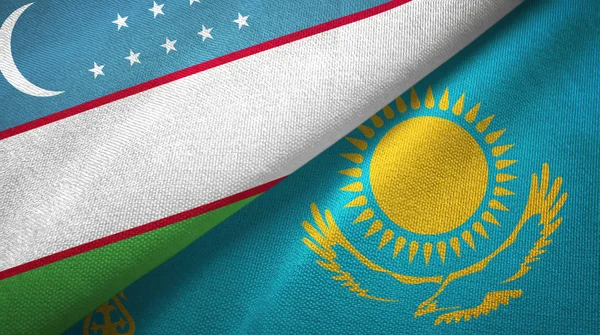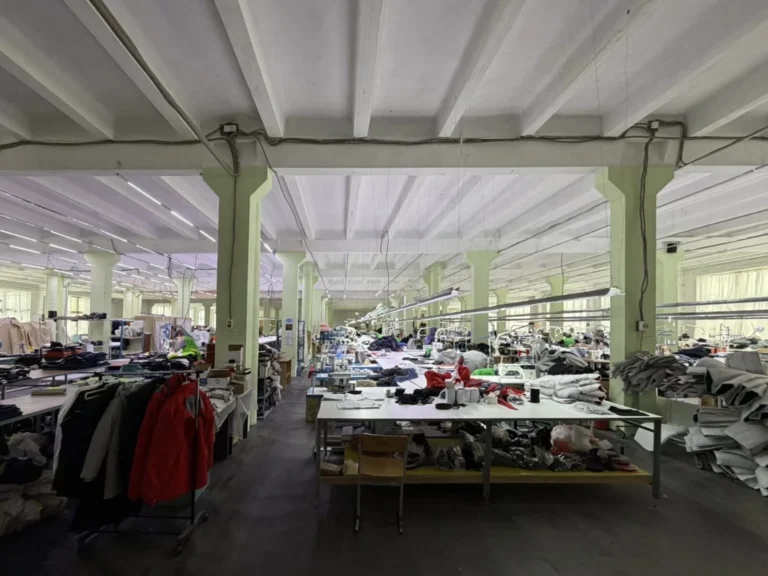The debate around hijab: we must build an inclusive society

The long period of exposure to belligerently atheist Soviet ideology has left its mark on our society – a demonstration of Muslim identity can be easily misunderstood.
A known journalist and public figure recently said in a social media post that a woman with a covered head meant “a loss of her potential and withdrawal from active participation in public life”. According to her, a headscarf is a symbol of submission and “quiet steps”.
This kind of rhetoric is nothing unusual in any secular society, where people who openly show their religiosity are not understood and not accepted. Moreover, hijab, niqab and shortened trousers are seen as signs of religious radicalism.
Information Minister Aida Balayeva’s recent remarks about plans to ban niqab has triggered a debate in the media space.

Along with niqab, commentators have criticised hijab and talked about alleged plans to ban it too, without making any distinction between the two.
What is hijab? It symbolises purity and innocence. It is aimed at protecting a woman’s honour, including by saving her from harmful prejudice and sinful thoughts.
In our society, Muslim women are seen as victims. But it is a misconception that they are forced to wear hijab.
Wearing hijab is an individual and voluntary choice, a statement of religious identity. It does not stop them from wanting to get education – however, in Kazakhstan some state-run higher education establishments won’t accept them.
Another false belief is that those who wear hijab are Salafis. No, in Hanafi Islam, which is traditional in Kazakhstan, women cover their heads too.
As a result of the Soviet anti-religious campaign, Kazakhstan, and Central Asia as a whole, were cut off from their past and the rest of the Muslim world. Islam here became ‘localised’ and was seen only as part of the old customs and traditions.
The post-Soviet re-Islamisation has produced ‘new Muslims’, who put belonging to the global Muslim community above their ethnic and national identification, according to sociologist Alma Sultangaliyeva.
Known French researcher of Islam Olivier Roy agrees that modern Islam has become bigger than a traditional religion in various parts of the world. It is now about one’s ‘religiousness’.
Roy links the phenomenon to religion’s falling influence in societies, the separation between religion and culture, and the formation of religious communities based on individual choice to be ‘religious’ and return to the original ‘true’ religious precepts.
This individualisation of religiosity presumes its demonstration through following certain practices and a dress code.
‘The ‘new Muslims’, in a way, challenge secular society by showing off their religiosity, because they find themselves excluded from mainstream society.
The most vulnerable among the new Muslims are women. There is an unofficial ban on hijab at Kazakh education establishments, and a Muslim woman in hijab won’t get a job in a government body.
In our society, this rejection of religiosity is partially down to a lingering Soviet attitude that saw religion as an atavism and a destructive force.
Also, copying the Soviet approaches, the government controls the sphere of religion and has taken upon itself the authority to decide which Islam is ‘right’ and which is ‘wrong’.
In Olivier Roy’s words, we want to see “secular Muslims” (Roy was talking about Europeans).
Some religious trends quickly get labelled as fundamentalist. At the same time, some researchers see re-Islamisation as a modernist project.
Anyhow, isolation and marginalisation of devout Muslims puts them under mental pressure, they feel discriminated against and abused, and worry about their own and their children’s future.
Some try to leave, like in the case of those who joined the Islamic State, believing its utopian terrorist fantasy.
In order not to aggravate the situation in the religious sphere and to avoid a split within society, we need to move away from the discriminatory approach.
Our state and society must be inclusive. We must not see our fellow citizens as a source of danger only because they have a different faith, and look and dress differently.
By political researcher Gulnara Mukhatayeva





Все комментарии проходят предварительную модерацию редакцией и появляются не сразу.